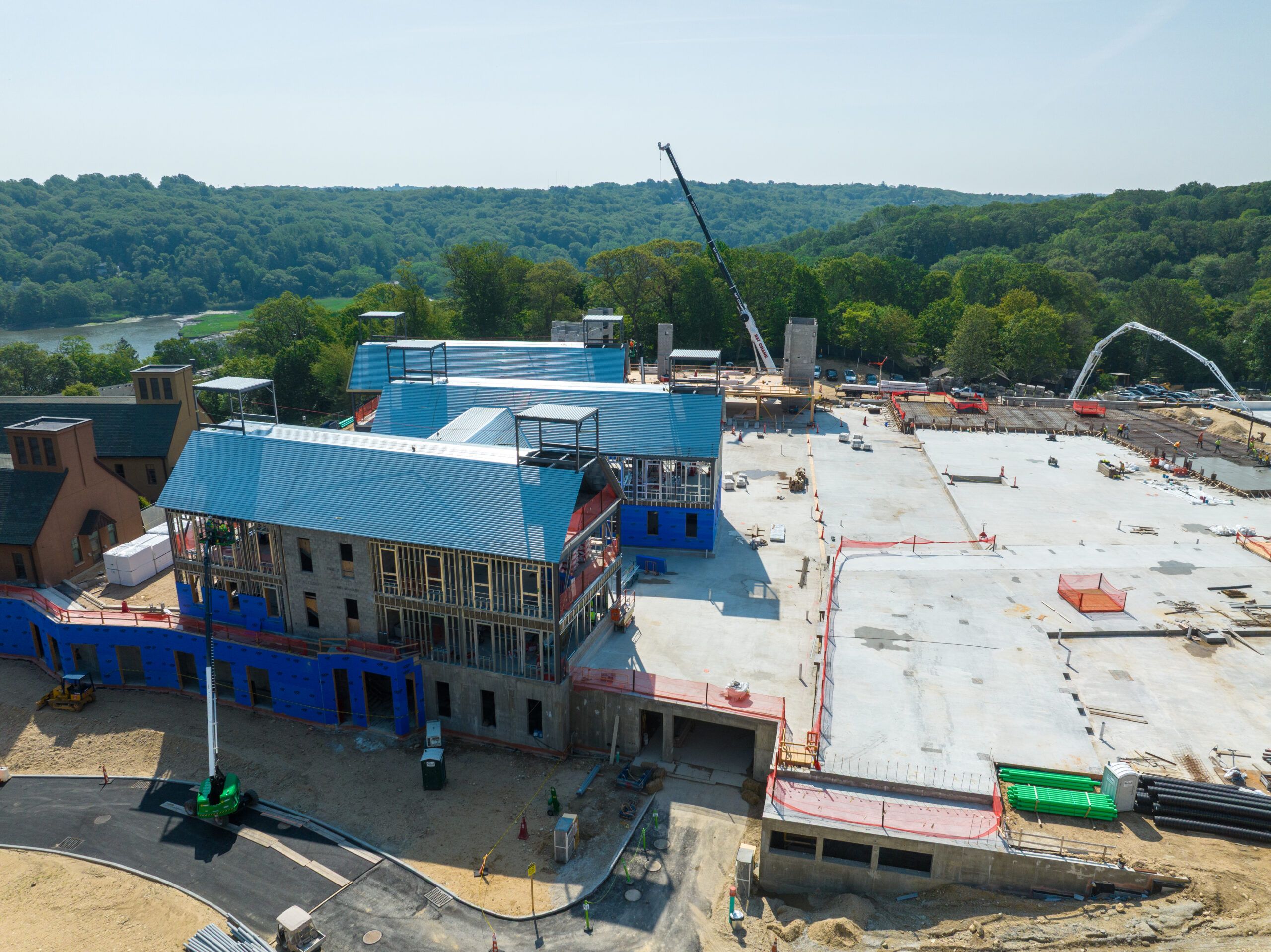Maze design isn’t only for amusement parks or seasonal cornfields. When applied thoughtfully, it can offer structure, visual intrigue, and user engagement across all kinds of outdoor environments—urban courtyards, public parks, private gardens, and even educational campuses. Here are eight practical and original ways you can apply maze design in landscape planning to maximize function, visual appeal, and user experience.
1. Create Flow Without Straight Lines
Straight paths often feel utilitarian. Maze-inspired layouts, especially those with curved or branching paths, can help guide people through a space more gradually. This is especially useful in areas where you want visitors to slow down and spend more time—think botanical gardens, museum exteriors, or urban plazas.
When you work maze patterns into a layout, you’re essentially building in subtle speed bumps. Curves and dead-ends force a pause or a second look. This slows the pace and encourages interaction with the surroundings. You don’t need to confuse or frustrate people—just add enough variation to avoid a direct A-to-B route.
2. Use It to Break Monotony in Agricultural Layouts
Agricultural tourism often runs into the same design issue: large, open fields that lack shape. Maze design solves that by breaking up flat expanses into experiences. A great example is how farms design a corn maze each season, offering both entertainment and spatial diversity.
That concept transfers well to any large-scale planting operation. Rather than planting crops or orchards in rigid rows, you can create segmented areas with maze-style pathways. It won’t interfere with yield if planned properly, and it can even help direct foot traffic, manage flow during harvest events, or separate crops based on care needs.
A bonus: using a GPS-based planting system allows for precision in layout, even at large scales.
3. Add Interactive Learning in School or Museum Gardens
Maze design offers a surprising amount of educational value. In school gardens or museum outdoor exhibits, maze paths can become part of the curriculum. Each turn or stop can feature signs, clues, or short activities that turn a stroll into a learning experience.
For example, in a children’s garden, each turn of the path might introduce a plant family, insect, or environmental tip. In a historical museum setting, pathways can tell stories in chronological order. You could even build a solution box at the end for visitors to submit answers to questions posted throughout the maze.
This structure supports interactive learning while encouraging physical movement. It’s especially effective with younger audiences who learn better through action.
4. Use It as a Security Design Strategy
Open space invites unrestricted movement, but maze-style planning introduces controlled flow. That’s useful in locations where you want to subtly guide or limit access without installing gates or fences.
Corporate campuses, hotel grounds, or public memorial parks can all benefit from this. Instead of telling visitors where not to go, the layout itself suggests where to walk and where not to linger.
For example, planting hedges in a way that obscures direct routes to maintenance areas or staff-only zones can be just as effective as signage. And for places that stay open after dark, maze patterns can direct people toward well-lit exit paths.
5. Redefine Recreational Trails in Compact Spaces
If you’re working with limited square footage but want to maximize walking distance, a maze-based design offers an easy win. Zigzagging paths within small parks, courtyards, or fitness zones can increase step count and variety without needing more space.
This works especially well for residential developments where a homeowner’s outdoor space includes walking trails, but land is tight. Instead of one large loop around the edge of the property, a maze-style trail can wind through the center, offering a longer and more scenic route without expanding the footprint.
It’s also a smart way to create mini ‘challenge zones’ where walkers or runners can opt into longer paths, loops, or dead ends as part of their routine.
6. Introduce Private Moments in Public Parks
Maze designs aren’t always about solving a puzzle—they can also be about discovery through privacy. Using shrubs, trellises, or modular fencing, you can create partial enclosures that make space feel more personal.
In large parks or recreational areas, this helps create micro-environments: a quiet corner for reading, a hidden bench near a fountain, or a shaded nook for a picnic. Rather than scattering benches across open grass, the maze pattern invites visitors to explore and settle in spaces that feel like they were made for them.
Designing these kinds of private areas works especially well in parks intended for all-day use. It adds a feeling of choice and personalization to the experience, even if the overall park isn’t huge.
7. Design Water Features with Movement in Mind
Water elements tend to be static: ponds, fountains, and still pools. But when paired with a maze design, water can move—and so can the people around it. Think of a shallow stream that winds through a garden with stepping stones or low bridges. Or a path that weaves alongside a flowing channel, forcing visitors to cross at designed points.
This setup pulls people into the space rather than letting them observe from the edge. It also adds rhythm. The visual of moving water paired with changing paths gives the area a feeling of life, even without a single person around.
Maze layouts help you plan that rhythm with intention. Every intersection, crossing, and loop can be mapped to support balance between activity and pause.
8. Incorporate Scale Play in Large Gardens
In very large gardens or rural estates, the scale can easily feel overwhelming. Maze design gives you the opportunity to play with ball size and size bit dynamics. In other words, you’re controlling how big or small something feels based on how a person interacts with it.
Let’s say you have a 3-acre back garden. You could use maze principles to divide that space into smaller ‘rooms’ using hedges or architectural features. Each section feels intentional, not just like a leftover yard. On the flip side, you could use large open paths between tight maze zones to open up sightlines and give relief.
Conclusion
Using a maze design doesn’t mean turning every outdoor area into a puzzle. It means thinking about how people move, pause, and engage. These patterns can improve usability, offer visual structure, and make even the smallest garden feel like it has something to explore. When you stop seeing mazes as a novelty and start viewing them as a spatial planning tool, you open up new ways to shape how people experience space.











